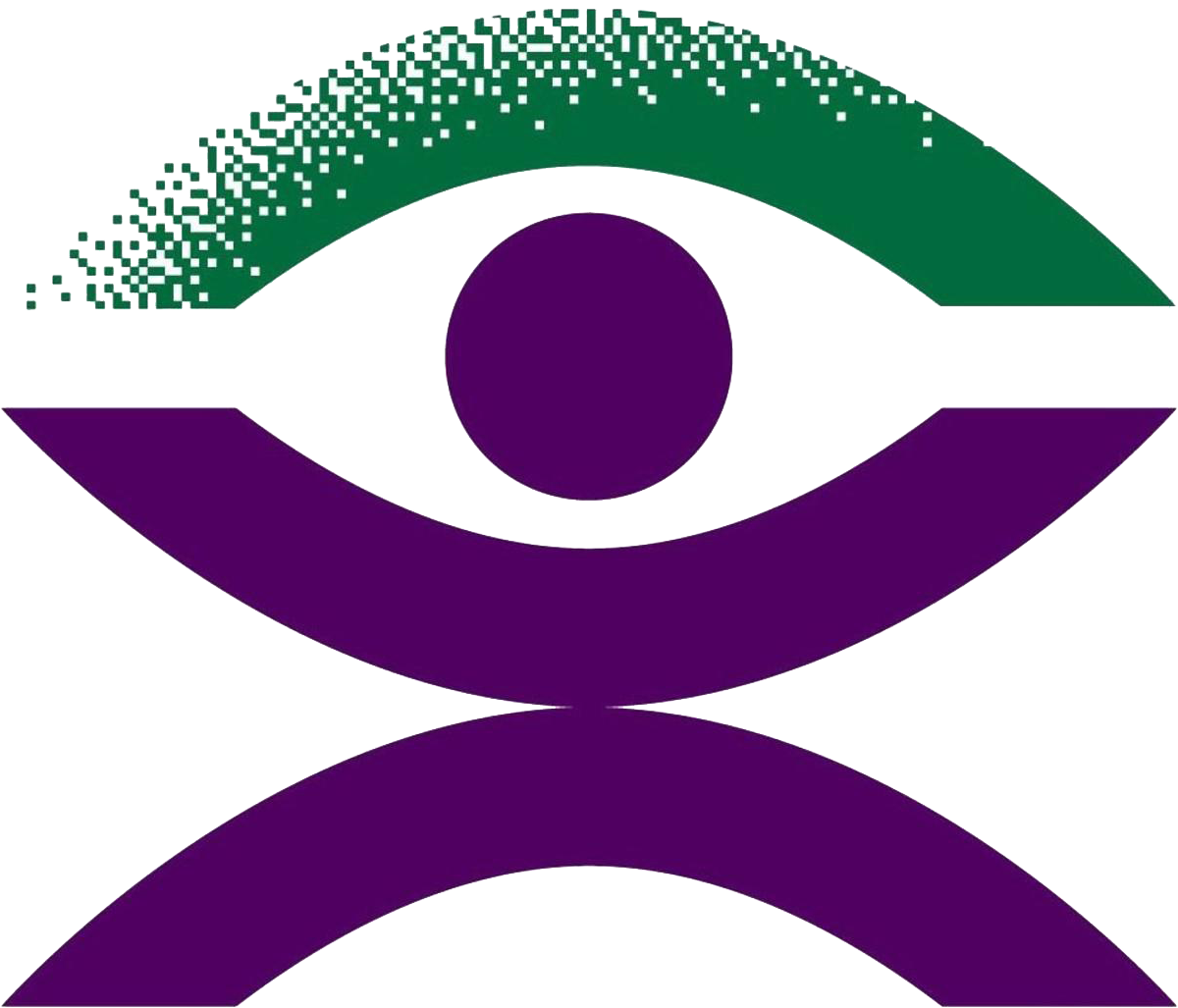By Angela Jaeschke – Policy and Advocacy Manager
Travel is an integral part of our everyday lives. We all need reliable, safe and affordable transport options, to allow participation in society; be it for medical appointments, work, education, shopping, exercise, catch ups with friends and family, or for the all-important rest and recreation.
Blind Citizens Australia has advocated in a range of areas in the travel and transport area over many years. Based on our policy suite, as well as regular feedback from members, we contribute to reviews and inquiries for both state and federal government. We also have representation on access committees for trams, buses and trains in various states.
Further to this, I attended the Rail Accessibility Forum, “A journey together for accessible rail in Australia” hosted by the Australasian Rail Association in Melbourne on 13th August. On the agenda was looking at what has already been done – exploring the whole-of-industry journey towards accessible rail, improving accessibility for customers with disability and lessons learned from an accessibility expert advisor for the International Paralympic Committee.
There were sessions on innovative solutions to improve accessibility in Melbourne and achieving equivalent access through consultation. As well as customer centred design, presented by the NSW Transport Access Program. International Accessibility Innovations for the Australasian Rail Context was also on the agenda.
Some of the key issues I brought to the forum, as identified by members, included safety on trains – namely having permanent and visible train guards who can be proactive when witnessing issues with boarding and disembarking.
The importance of a timely and on-scene complaints and reporting process for issues that may occur while on the train or platform was also raised.
Earlier this year, BCA received some feedback from members who had experienced issues when travelling with Uber, especially when travelling with a dog guide. We collated this feedback, and contacted Uber Australia, to discuss these issues and how to resolve them. Myself and Advocacy Projects Officer Rikki Chaplin met with the Accessibility Lead for Uber Australia and New Zealand, via teleconference in August.
The role of Accessibility Lead is one that is unique to Uber Australia, and has been in place since the beginning of 2019. Uber Australia has a process for handling complaints as well as accessibility issues. It was identified that some of the specific issues we raised would have been addressed as passenger safety issues rather than accessibility issues. Uber is looking at how these complaints are categorised and resolved through both teams.
One part of the feedback we received was around drivers cancelling a passenger’s trip when they see that the passenger is travelling with a dog guide. The issue with this is that the passenger cannot access the driver’s details after they cancel, as the job disappears from the app. Uber encourage people to complain or contact them regardless when drivers do cancel, as Uber can still access the driver’s details in these cases.
Uber offers an “Uber Assist” option, where the driver receives tailored disability awareness training, and there are more stringent eligibility requirements. But there are also a smaller number of drivers who are signed up to provide Uber Assist, resulting in longer wait times.
Queensland has recently introduced regulations requiring rideshare drivers to complete an additional level of driver education. This includes disability awareness. Uber has proactively rolled out this requirement for all drivers throughout Australia and New Zealand, and by early 2020, all drivers, new and existing, will have completed some disability awareness training.
Uber is also currently in conversations with state governments around how they may be able to connect to the Transport Taxi Subsidy Scheme and NDIS transport in the future. This is something we had identified in our most recent submission to the Disability Standards on Accessible Public Transport. We have asked to be kept up-to-date on these plans and conversations where appropriate.
At the moment, the only way to sign up and use Uber is via a smartphone app, but not all people who are blind or vision impaired can use these technologies due to cost or lack of experience. Uber acknowledges that their current reliance on technology can be an accessibility barrier. They are also thinking about how to integrate further accessibility features in their current app, using services such as “Be My Eyes” or AIRA.
We will continue these conversations with Uber, as these ideas and options are further developed. As always, if you have more feedback or recent experiences with Uber or other transport providers, please get in touch with us.
We regularly meet with airline Virgin Australia to discuss opportunities and solutions for air travel access. We are broadening those conversations with other major Australian airlines, as well as contributing to the World Blind Union’s position statement on accessible air travel, together with partners in the blindness sector.
Some recent individual advocacy cases have involved pedestrian access in relation to unsafe crossing markings and walkways. We will continue to work with local councils to alleviate these accessibility concerns as they are brought to our attention.

